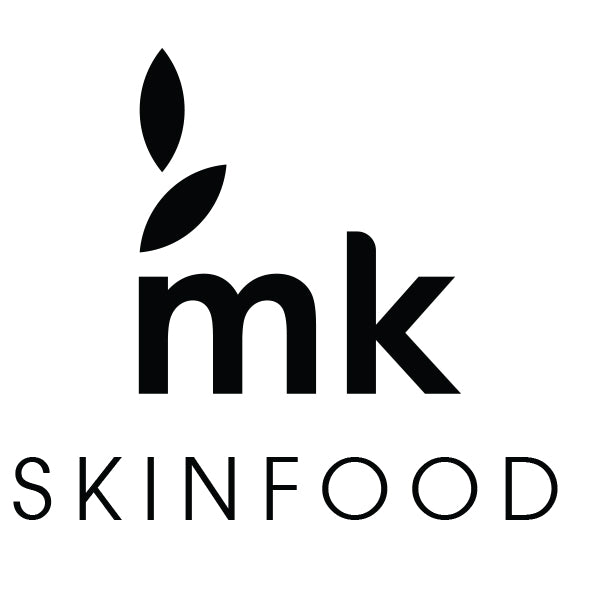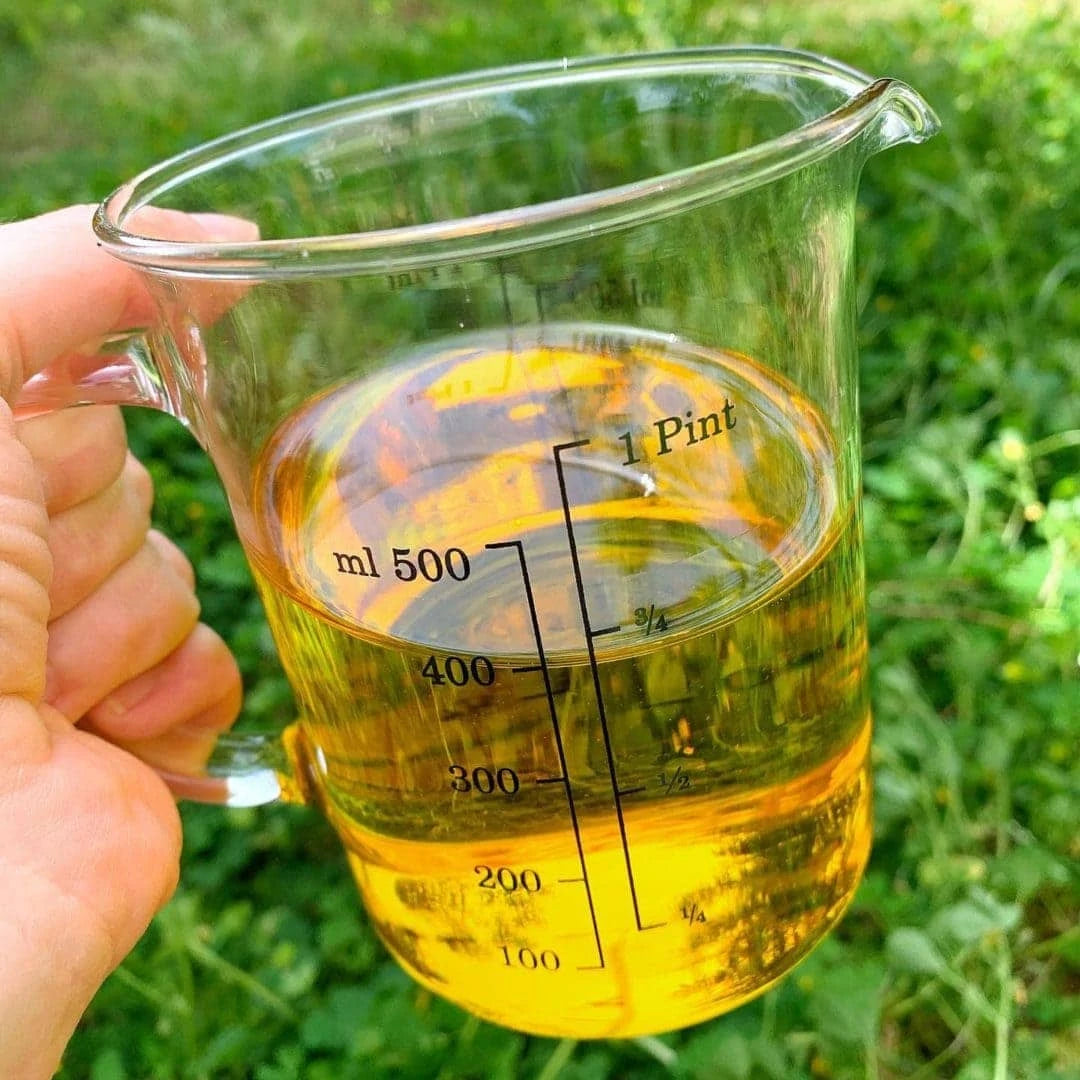The use of natural oils, which are becoming increasingly important in skin care, is becoming more widespread. Famous cosmetic companies are giving more space to valuable oils in their products. Many of us, besides the care products we use, apply these oils directly and include them in our daily skin care routine.
Oils, which are highly beneficial, can cause comedones or acne if used incorrectly. Fortunately, not all oily products clog pores. Making a choice by considering the skin type and the comedogenic properties of the oils will be a good way to prevent potential acne and blackhead problems...
What are comedones and comedogenic?
Comedones are a common skin problem... Some cosmetic products can clog pores due to the oils, paraffin, and certain chemicals they contain. Comedones form when dirt, oil, etc. accumulate in the pore where the hair follicle is located. These can appear as blackheads or small white bumps.
Comedogenic means clogging skin pores. The term “non-comedogenic” on some care products means "does not cause comedones."
Comedones and acne formation
Acne occurs when the hair follicles and sebum or oil-secreting channels get clogged and this area is inflamed by bacteria. In a poorly maintained, uncleaned skin, especially if oily, pores get clogged and comedones form. These comedones create a suitable living space for bacteria to settle and multiply, eventually causing red and inflammatory swellings on the skin. Acne, which starts with the activation of hormones and the secretion of oil during puberty, can be seen not only in adolescents but also in older ages.

100% NATURAL BENTONITE CLAY FACE MASK AND ITS EFFECT ON COMEDONES
Deep Cleansing: Bentonite clay penetrates deep into the pores and pulls out the oil, dirt, and other residues accumulated there. This helps cleanse the comedones. Sebum Absorption: Excess sebum production is one of the main causes of comedone formation. Bentonite clay's ability to absorb sebum helps heal existing comedones and prevents new ones from forming. Balancing Skin pH: Bentonite clay can maintain the pH balance of the skin. A balanced pH helps reduce the formation of comedones.
Oils and the comedogenic scale
Oils and some components used in cosmetics are ranked according to their likelihood of clogging pores. According to this ranking, called the comedogenic scale, a numbering system from 0 to 5 is used, and the value on the scale increases as the comedogenic property of the oils increases.
Oils are rated according to their comedogenic properties as follows:
0 - Does not clog pores at all
1 - Very low likelihood of clogging pores
2 - Moderately low likelihood
3 - Moderate likelihood
4 - Quite high likelihood
5 - High likelihood of clogging pores
According to this scale, oils with a comedogenic rating of 2 or less do not clog pores. 3 and above, especially in acne-prone skin, can exacerbate this problem. If you want to use oil for your face; if your skin is sensitive, choose an oil with a comedogenic rating of 0-1, if normal, choose one with a rating of 2.
Oils with a comedogenic rating of 0 can even be used for skin cleansing. Grade 1 oils can be applied even to areas affected by acne.
Grade 2 oils are quite suitable for normal and dry skin... It is recommended to use products containing these oils to moisturize and repair the skin perfectly while getting rid of acne scars.
For those with very dry skin, oils with a rating of 3 and above are suitable but need to be used carefully as they can clog pores and lead to skin problems such as blackheads and acne. Cocoa butter, coconut oil, and wheat germ oil, commonly used in care products, have high nutritive properties but also high comedogenic values... This group of oils is ideal especially for areas prone to dryness like elbows, knees, and heels...
In summary; if you have oily skin prone to acne and blackheads, you should avoid oils with high comedogenic properties. If you have drier skin, you can choose a moderately rated, moisturizing oil.
Ultimately, everyone's skin type, environmental factors, water consumption, etc. are different and every oil affects the skin differently. For example, avocado oil, which is extremely beneficial, may be nourishing for someone with oily skin, while for another person with oily skin, it may trigger acne formation.
This table will guide you on the comedogenic values of some commonly used oils and which skin types they may be suitable for:
Oil Comedogenic Rating Skin Type
Argan oil 0 Most skin types
Blackcurrant seed oil 0-1 Dry/Sensitive skin
Blueberry seed oil 0-1 Most skin types, especially oily, acne-prone
Shea oil 0-2 Normal/Dry/Very dry skin
Sunflower oil 0-2 Most skin types
Mango oil 0-2 Most skin types
Castor oil 1 Oily/Acne-prone including most skin types
Grape seed oil 1 Most skin types
Hazelnut oil 1 Most skin types, especially sensitive, acne-prone
Pomegranate seed oil 1 Most skin types, especially mature skin
Rosehip oil 1 Oily/Acne-prone skin
Walnut oil 1-2 Most skin types
Sweet almond oil 2 Dry/Sensitive/Acne-prone skin
Apricot kernel oil 2 Combination/Dry skin
Brazil nut oil 2 Dry/Mature skin
Black cumin oil 2 Combination skin
Jojoba oil 2 Oily/Acne-prone including most skin types
Olive oil 2 Dry/Acne-prone skin
Pumpkin seed oil 2 Most skin types
Evening primrose oil 2-3 Oily/Acne-prone/Combination skin
Macadamia oil 2-3 Dry skin
Avocado oil 3 Most skin types
Date seed oil 3 Dry skin
Sesame oil 3 Dry/Irritated skin
Carrot seed oil 3-4 Dry/Mature skin
Cocoa butter 4 Oily skin without acne tendency - Ideal for body
Coconut oil 4 Very dry skin - Ideal for body
Flaxseed oil 4 Very dry skin - Ideal for body
Palm oil 4 Very dry skin - Ideal for body
Soy oil 4-5 Very dry skin - Ideal for body
Wheat germ oil 5 Very Dry/Damaged, blemished skin
While choosing based on a single oil's comedogenic value is easy, it becomes more challenging for care products like creams, lotions, or serums that consist of a mixture of multiple oils and substances. Most cosmetic lotions and creams consist of oils, alcohols, and other chemical components. Emulsifying and softening components that keep water and oil together are not always skin-friendly. Some of these to be avoided include myristyl and isopropyl myristate, isocetyl, octyl and isopropyl stearate, hexadecyl alcohol... We can also say that water-based formulations have a lower likelihood of clogging pores...
The best way is to know your skin well and act according to its reactions... Of course, we do not recommend turning your skin into a "testing board". You may not benefit from a product that everyone finds useful. What's important is knowing what your skin needs at that time and being able to make your choice accordingly... Especially if you prefer natural care products, you minimize the risk...

